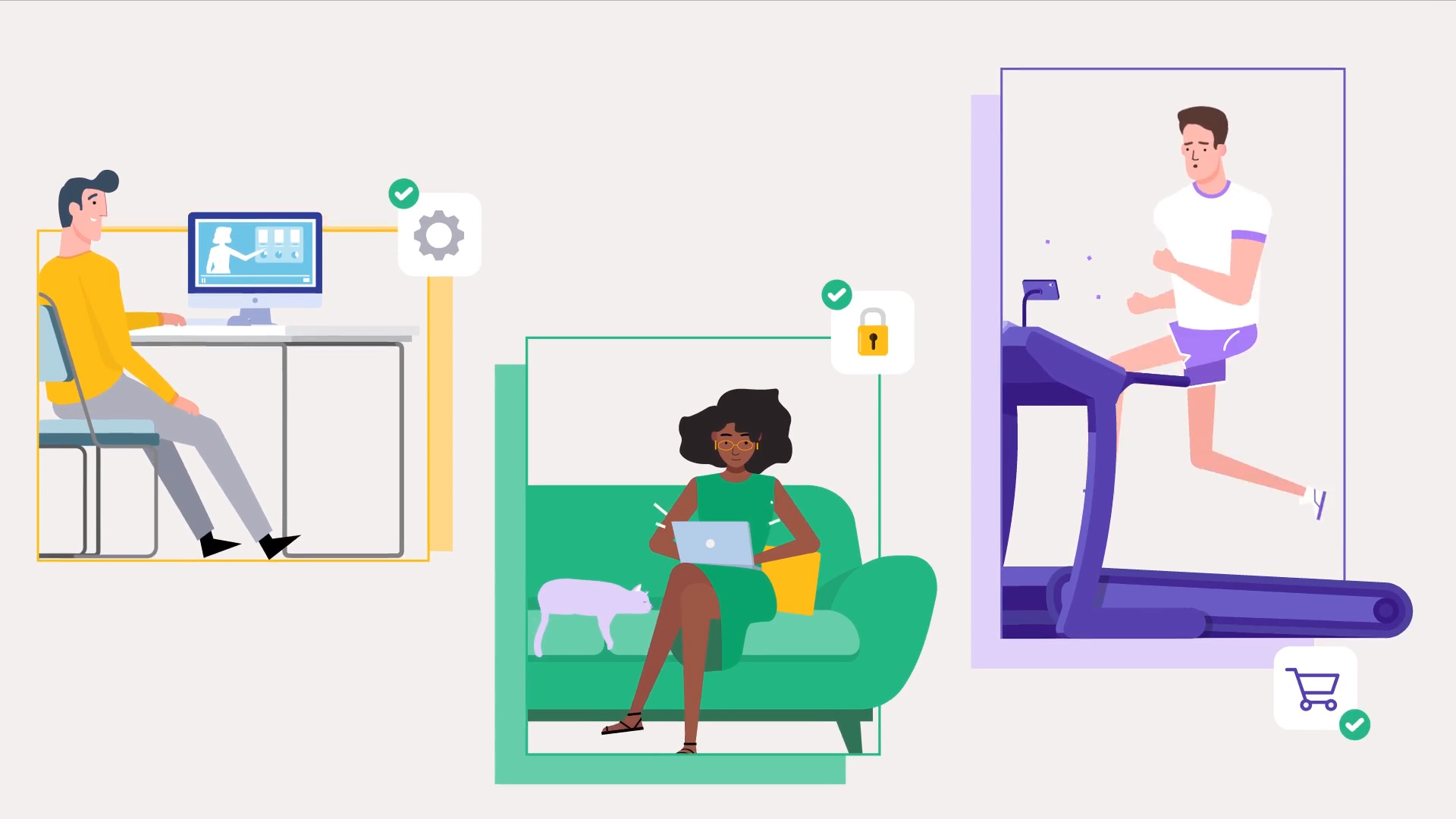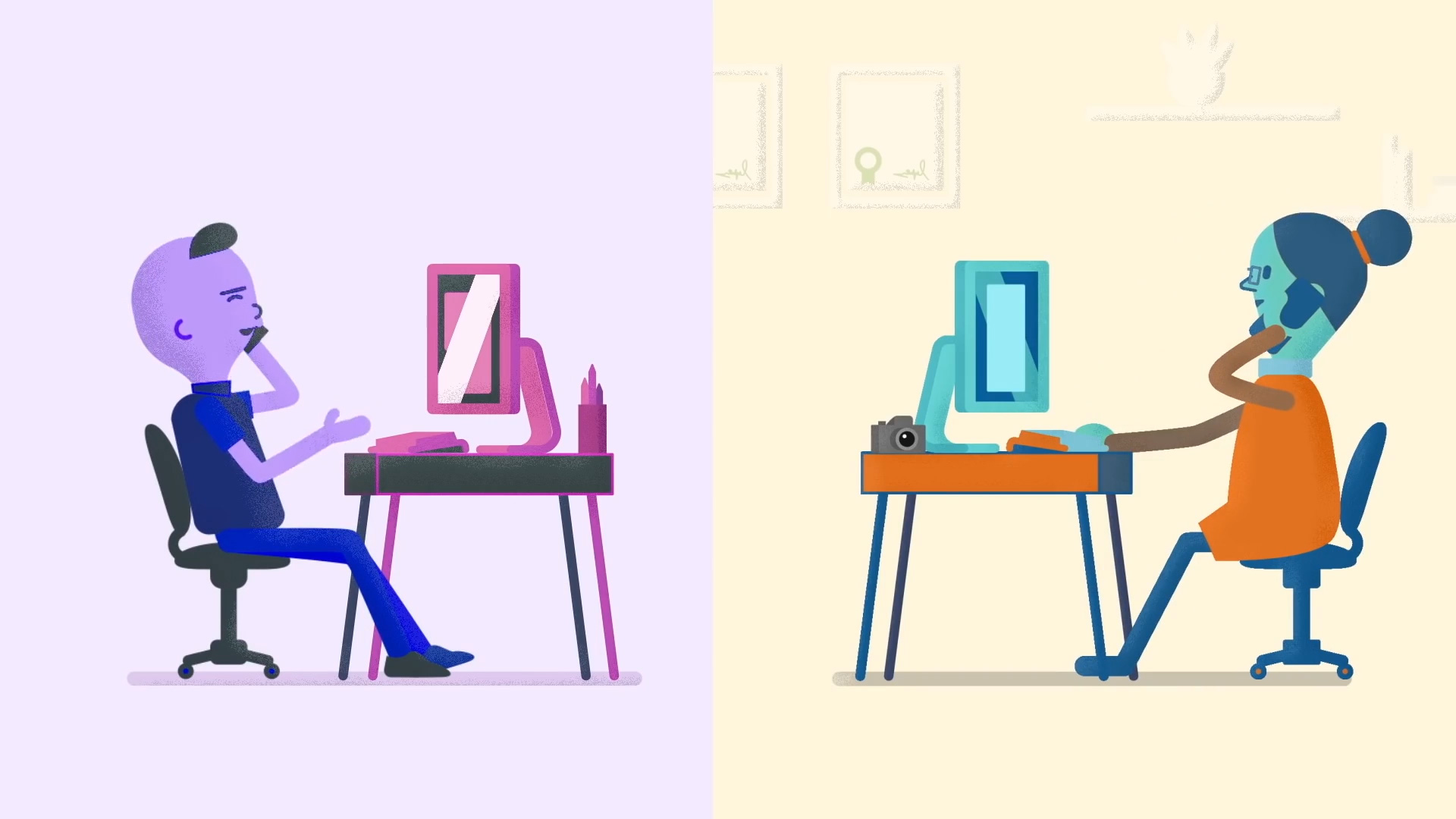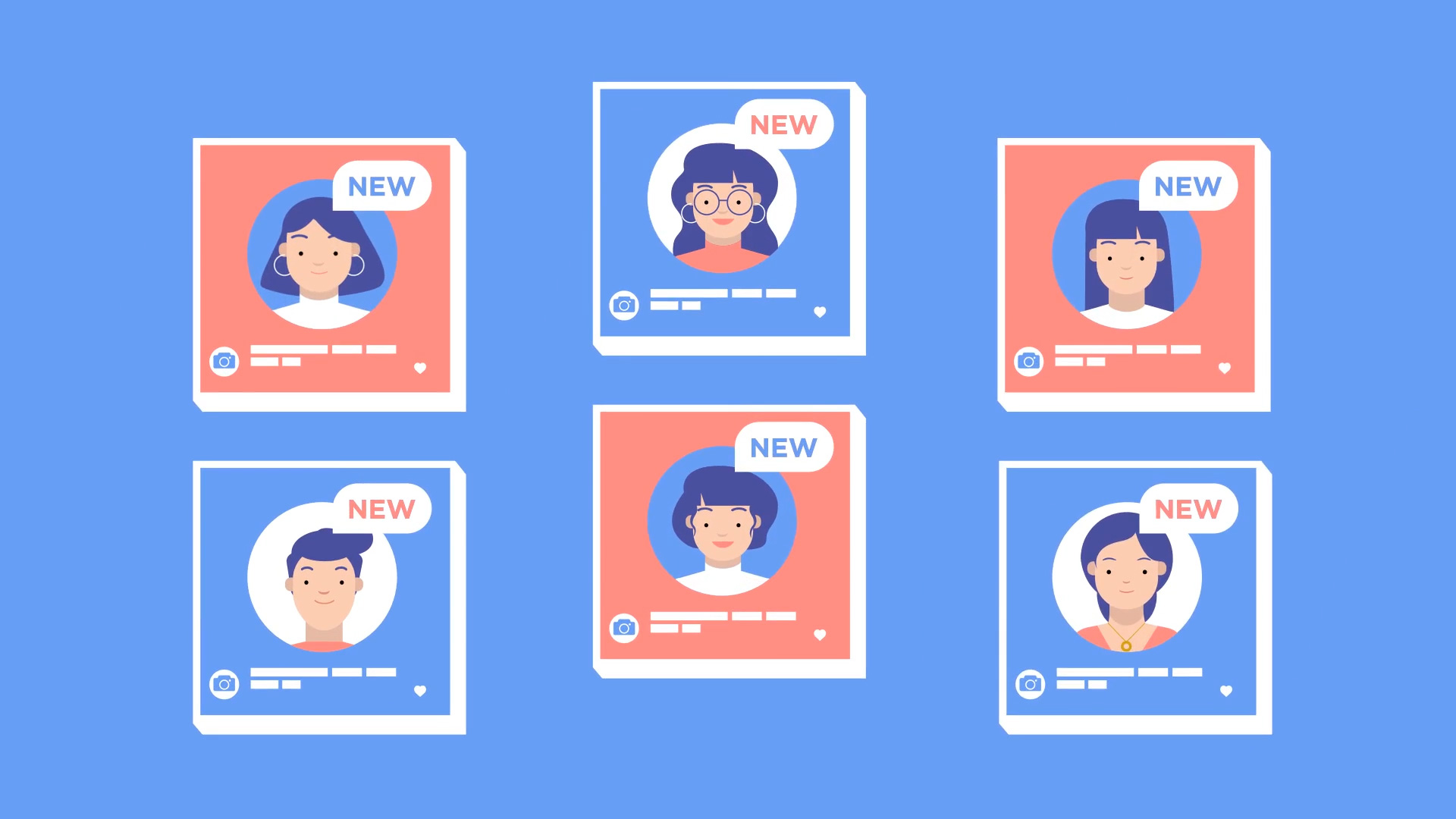
If there's one thing the quarantine has taught us it's that for many office workers the sofa is the new office now. Scientists and governments are saying it may be years rather than months before life can return to anything like it was before. Between now and then employers will need to form a new working relationship with their workforce to keep productivity at a decent level.
So is working from home the new normal for office workers? It's certainly true that for the near future traveling from the kitchen to the sofa could be the new commute post breakfast that we have to contend with. Indeed some of us might ignore the kitchen and sofa altogether and opt to set up shop in bed.
Is this bad for employers? Not necessarily if the work gets done and it's true that even before the Coronavirus epidemic many people had begun to operate flexible working hours with their employers.
This can add to the quality of life and happiness for the workforce and help with retaining and acquiring staff for the employer. The added freedom allows workers to do certain things at home - a clothes wash or a visit from a plumber to fix a boiler, or being present for the all important shopping delivery, things that were impossible when tied to a desk in an office 40 miles from their hometown. Removing the commute also adds to people's wellbeing as most commuters would agree cancelled trains, busses and overcrowded transport can only add to the stress of a day's work.
Technology also allows us to more easily communicate with fellow employees - if Zoom wasn't well know before March it is now. Other platforms such as Slack and Asana allow staff to communicate easily, interact with schedules, share files and images and deliver work.

If there is one thing that quarantine has taught us is that for many office workers, working from home can be as productive as working in the office and for sure in the future companies are more inclined to be more flexible with where their employees produce their work.
One aspect that companies will have to be mindful of is keeping their staff up to speed with new training. It's fair to say that any kind of successful business is in permanent flux - systems change, new practices are taken on, new software is implemented and even staff protocol changes. This is where companies need a successful program of training and learning and one of the most notable methods for knowledge retention is video instruction.
Video learning is a widely-accepted part of
employee training, and it’s gaining momentum now that people can no longer attend classrooms. Video
instruction is shorter, more captivating and more fun by nature and it adds a novel way for employees to
learn.
An explainer video takes hold of the attention in a manner other mediums cannot, and it’s
accessible anywhere. According to a doctor Liraz Margalit in her article 'Video vs. Text: The Brain Perspective'
the human brain processes videos 60,000 times faster than it does text, meaning a video based education
program can achieve better knowledge retention than more stuffy methods like a PDF or Powerpoint.

From a personal point of view, at Movult we have noticed a shift in the market and in the habits of video making in general and some of it has changed the type of work we make as a studio. Before the pandemic clients might have chosen to make a filmed video - shot with actors and a crew of people in expensive studios or on location. Lockdown unfortunately prevented that and closed down these kind of shoots for months. However it opened up possibilities for people with their own kit who could create magic remotely from the comfort of their home or home studio. Indeed it switched on some clients (perhaps initially sceptical) to try video made with animation and motion graphics for the first time and has opened opportunities to work on projects previously unavailable.